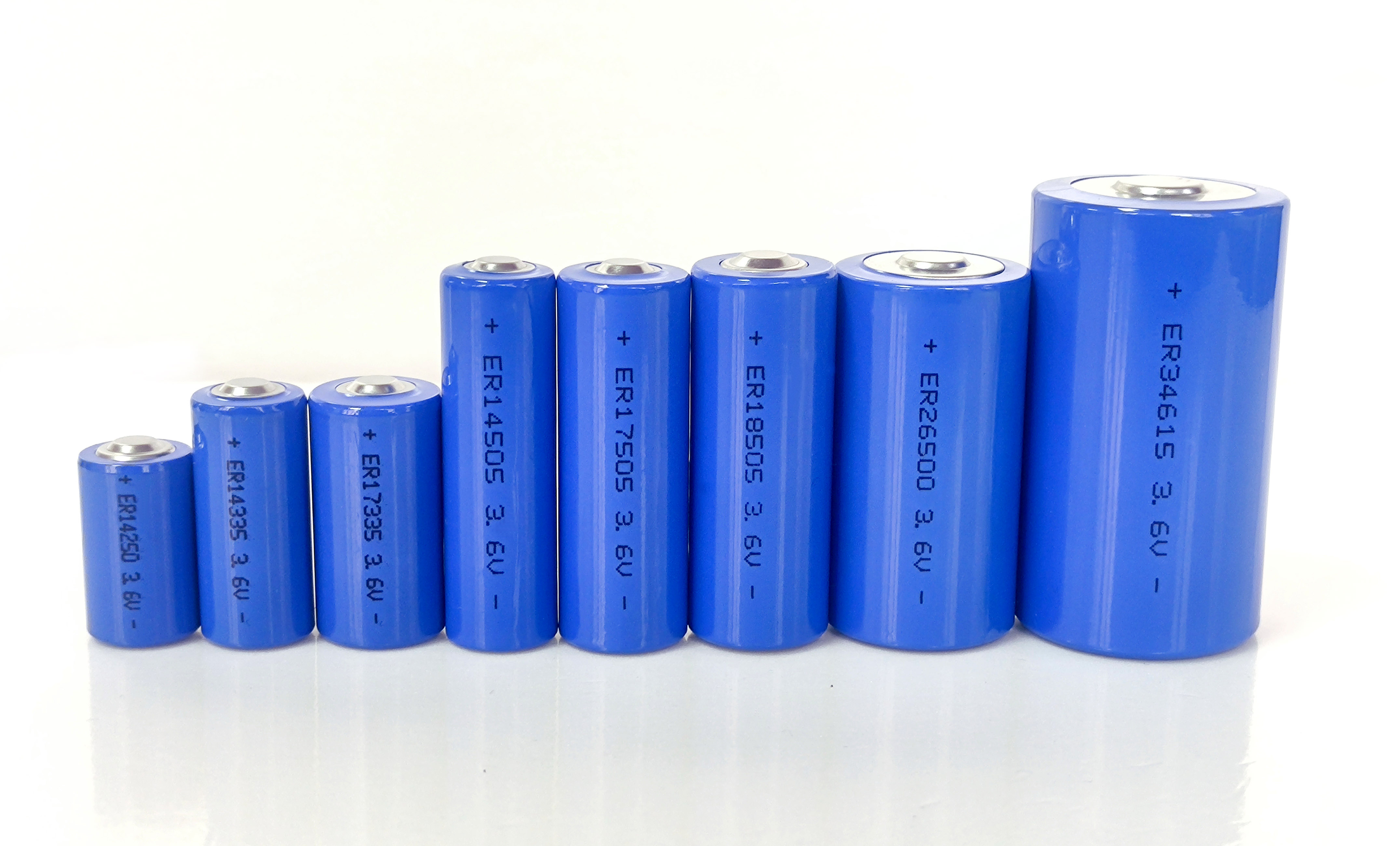A Comprehensive Guide to LI-MnO2 3.0V ultra-slim battery Technology
A Comprehensive Guide to LI-MnO2 3.0V ultra-slim battery Technology and Its Impact on the Portable Power Industry

In the ever-evolving landscape of portable electronics, the demand for reliable, high-capacity, and environmentally friendly batteries has never been greater. As technology continues to miniaturize and integrate into our daily lives, the search for the perfect power source has led to significant advancements in battery technology. Among these, Limno2 (Lithium-Manganese Dioxide) batteries, also known as LI-MnO2 batteries, have emerged as a formidable contender, offering a unique blend of performance, safety, and cost-effectiveness. This comprehensive guide delves into the world of LI-MnO2 batteries, focusing specifically on the Cp223045 model, a 3.0V ultra-slim battery with capacities ranging from 480mAh to 500mAh, exploring its manufacturing, applications, advantages, and future prospects.
Introduction to LI-MnO2 Batteries
LI-MnO2 batteries belong to the family of primary lithium batteries, characterized by their use of lithium metal as the anode (negative electrode) and manganese dioxide (MnO2) as the cathode (positive electrode). This combination results in a battery chemistry that offers high energy density, long shelf life, and excellent temperature stability, making it ideal for a wide range of applications where size, weight, and durability are critical factors.
Chemistry and Construction
The core chemistry of LI-MnO2 batteries revolves around the electrochemical reaction between lithium and manganese dioxide. During discharge, lithium ions migrate from the anode to the cathode, where they react with MnO2 to produce lithium manganate (LiMn2O4) and electrons, which flow through an external circuit to power the device. This process is highly efficient, allowing for a high voltage output (typically 3.0V) and a stable discharge curve.
Structurally, LI-MnO2 batteries are typically cylindrical or button-cell shaped, with a stainless steel or nickel-plated steel casing enclosing the electrochemical components. The anode and cathode are separated by a porous separator, which allows for the flow of ions but prevents direct contact between the electrodes, thus preventing short circuits. The electrolyte, typically a lithium salt dissolved in an organic solvent, facilitates the migration of ions between the electrodes.
The Cp223045 Model: A Case Study
The Cp223045 LI-MnO2 battery stands out as a prime example of the technological advancements in this field. With its ultra-slim design and capacities ranging from 480mAh to 500mAh, it is tailored to meet the demands of modern portable devices that require both high energy density and minimal footprint.
Design and Dimensions
The Cp223045 boasts a compact and lightweight design, perfect for integration into space-constrained devices such as smart cards, wearable technology, medical implants, and remote sensors. Its dimensions, typically measured in millimeters (e.g., diameter x height), allow for seamless integration into a wide range of form factors, minimizing the overall size and weight of the end product.
Performance Characteristics
High Energy Density: With a nominal voltage of 3.0V and capacities up to 500mAh, the Cp223045 delivers exceptional energy density, enabling longer operational times between replacements or recharges.
Long Shelf Life: LI-MnO2 batteries are known for their long shelf lives, often exceeding 10 years when stored under optimal conditions. This makes them ideal for devices that require infrequent use or long-term storage.
Excellent Temperature Stability: The chemistry of LI-MnO2 batteries enables them to operate efficiently across a wide temperature range, from sub-zero to elevated temperatures, making them suitable for use in extreme environments.
Safety and Reliability: The use of non-flammable electrolytes and stable electrode materials contributes to the overall safety and reliability of LI-MnO2 batteries, reducing the risk of leakage, explosion, or fire.
Manufacturing Process
The manufacturing of LI-MnO2 batteries, including the Cp223045 model, involves a multi-step process that combines precision engineering with advanced materials science.
Electrode Preparation
The anode and cathode are prepared separately, with the anode typically consisting of lithium metal foil and the cathode comprising a mixture of manganese dioxide, conductive additives, and binders. These materials are mixed, coated onto a current collector, and then dried to form the electrodes.
Assembly
The electrodes are then carefully assembled within the battery casing, with a porous separator placed between them to prevent direct contact. The electrolyte is introduced into the casing, either by immersion or injection, ensuring that it permeates the separator and contacts both electrodes.





